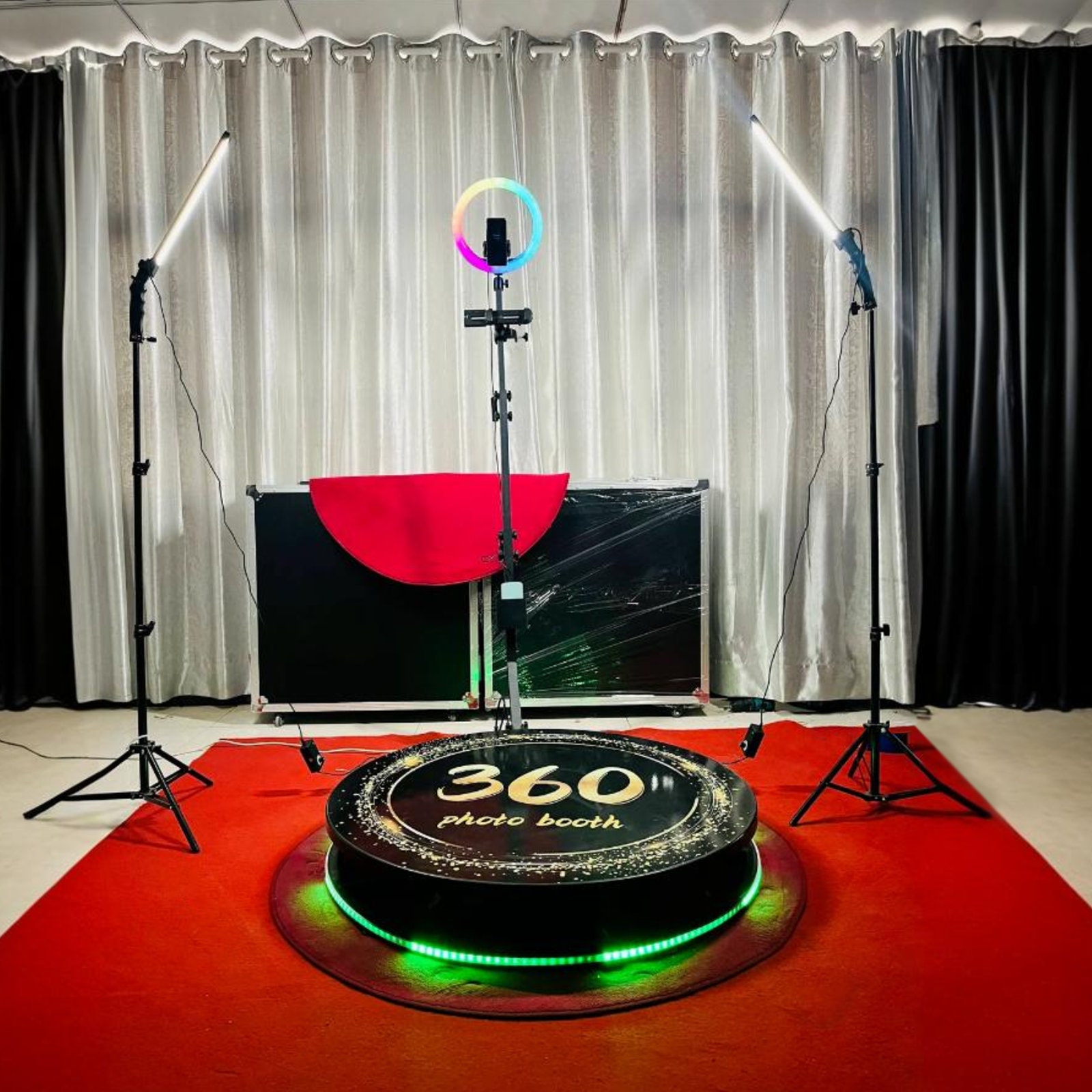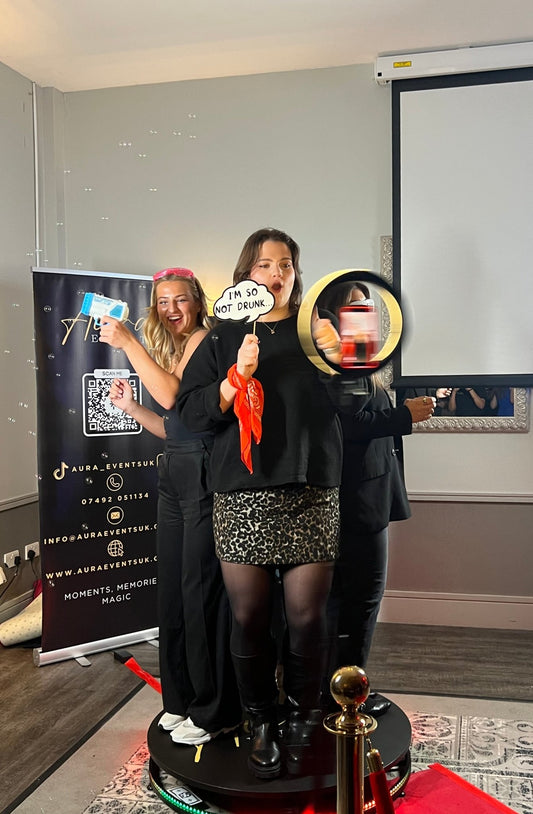In today's competitive marketplace, trade shows serve as a vital platform for businesses to showcase their products, enhance brand visibility, and directly engage with potential and existing customers. An effectively designed event booth is pivotal in making a lasting impression on trade show attendees. This detailed exploration focuses on the strategies, design elements, and practical considerations essential for crafting an impactful event booth, backed by data-driven insights and expert opinions.
The Strategic Importance of Event Booths
Event booths are dynamic spaces at trade shows and exhibitions designed to represent a brand’s ethos, showcase products, and facilitate direct customer engagement. According to the Center for Exhibition Industry Research, 81% of trade show attendees have buying authority, which means more than four out of five people walking the aisles are potential customers for exhibitors. This statistic underscores the importance of having an engaging, memorable event booth that can effectively convert visitors into leads.
Designing an Effective Event Booth
1. Understanding Audience and Business Objectives: The design and functionality of an event booth must align with the brand’s business objectives, whether it's increasing brand awareness, launching new products, or generating leads. A clear understanding of the target audience—what attracts them, their needs, and their industry pain points—is crucial. This foundational step ensures that the booth is tailored to catch the attention of the desired demographic.
2. Incorporating Strong Branding and Visual Elements: An event booth must serve as a physical manifestation of the brand’s identity. Utilizing consistent branding elements such as logos, colors, and themes helps reinforce brand recognition. Research shows that consistent brand presentation across all platforms increases revenue by up to 23%. Effective branding in a booth design involves more than just placing a logo prominently; it includes thinking about how each visual element contributes to the overall brand story.

3. Leveraging Technology for Enhanced Interactivity: Incorporating technology such as touchscreen displays, virtual reality (VR), augmented reality (AR), and digital product demonstrations can significantly increase visitor engagement. For example, VR experiences in event booths can lead to a 30% higher conversion rate than static displays because they offer an immersive experience that allows potential customers to interact with the product in a memorable way.
4. Functional Layout and Design: The layout of the booth should facilitate easy navigation for attendees, encouraging them to interact with different elements of the display. Practical considerations include clear signage, accessible product displays, and private areas for in-depth discussions with prospects. Designing for functionality also means considering the traffic flow within the booth to avoid congestion and ensure a pleasant visitor experience.
Operational Excellence in Booth Management
1. Pre-Event Planning: Robust pre-event planning involves logistics management, staff training, and pre-marketing activities. Setting measurable objectives for each trade show appearance is crucial. These might include specific goals for lead generation, customer engagement, or direct sales.
2. Construction and Setup: Choosing the right partners for booth design and construction is essential. Companies specializing in trade show setups, such as Infinity Exhibits, provide custom designs that cater to specific branding requirements and functional needs. Effective collaboration with these experts ensures that the booth not only looks appealing but is also set up efficiently and on time.
3. Engaging Effectively During the Show: Staff training is crucial; employees should be well-prepared to discuss products, answer questions, and effectively communicate the brand’s message. Engagement tactics might include live demonstrations, interactive sessions, or giveaways that are aligned with the brand’s values and visitor expectations.
4. Post-Event Follow-Up: The work doesn’t end when the trade show does. Effective follow-up actions are critical to capitalize on the connections made during the event. This might involve sending personalized emails, connecting on social media, or scheduling follow-up meetings. A swift post-event follow-up can increase conversion rates by ensuring your brand remains top-of-mind for the prospects.
Leveraging Data and Feedback for Continuous Improvement
Utilizing data analytics to measure the performance of trade show activities is vital. Metrics might include the number of booth visitors, leads generated, and feedback on product interest. This data should inform future event strategies, helping to refine booth designs, engagement tactics, and overall event marketing strategy.
Conclusion
An event booth is a powerful tool in a company’s marketing arsenal. With careful planning, creative design, and effective execution, it can significantly enhance brand visibility, foster new business relationships, and drive sales. As the marketplace continues to evolve, so too should the strategies companies use at trade shows, ensuring that every event booth is an engaging, dynamic environment that effectively conveys the brand’s message and meets its business objectives.


